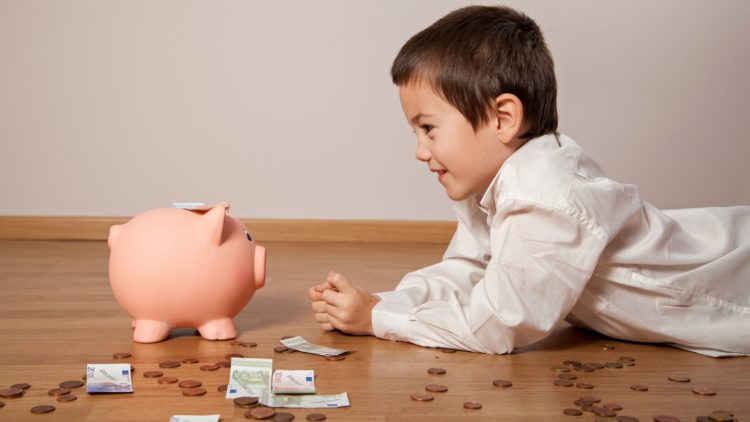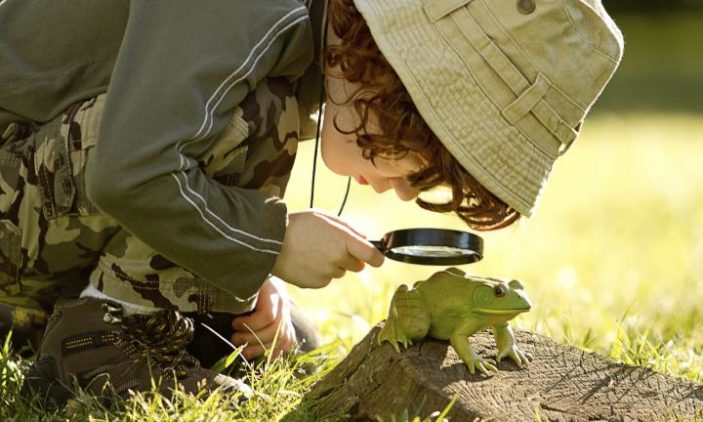There are complicated topics to talk about, especially with children, one of them: money. Some parents think they shouldn’t talk about it, because that doesn’t belong to the marvelous world of childhood, but on the contrary, financial education must begin at an early age. Parents should take the time to teach their kids how to spend and invest, buy and sell or set a budget, that is basic knowledge that will serve them for a lifetime. It is not a difficult task, because children learn quickly by observing the way their parents act. As soon as children can count, parents can introduce them to money and take an active role in providing them with information.
Although young children don’t fully understand the value of money, they can begin to learn the names of coins. Also, you can play games to exercise his imagination as create a supermarket or a shop in the house where the child plays a rol as a vendor or cashier that exchanges money for goods. Other good ideas: taking your children to a farmers’ market instead to the supermarket to help them understand the connection between work and money or motivating them to sell old toys and clothes, helping to host a family yard sale or doing chores in the house and receive a paid for it.
You can take your kid to the bank and open a savings account to encourage him to make regular deposits. As he grows and also the balance, you can teach him the concept of interest and how the bank pays back. On the other hand, you can also teach your kids how to use his savings in something they really want or need, so they also will learn to enjoy the earned money and make decisions and seize opportunities.
There are some tips to help educate children about personal finance and managing money, here some of them:
Communication is the basis of motivation and education, so as your children grow, teach them values concerning money, that is how to save it, make it grow and to spend it wisely.
Always think about how to prepare your kids for making good spending decisions in the future, in consequence setting goals is fundamental to teaching them the value of money and set the roots for responsibility.
Remember that parents are always the best examples, so use regular activities as opportunities to teach children the value of money: shopping trips, comparing prices, looking at the quality of the products and other features, evaluating ads and any other daily task that could be a source of learning.











